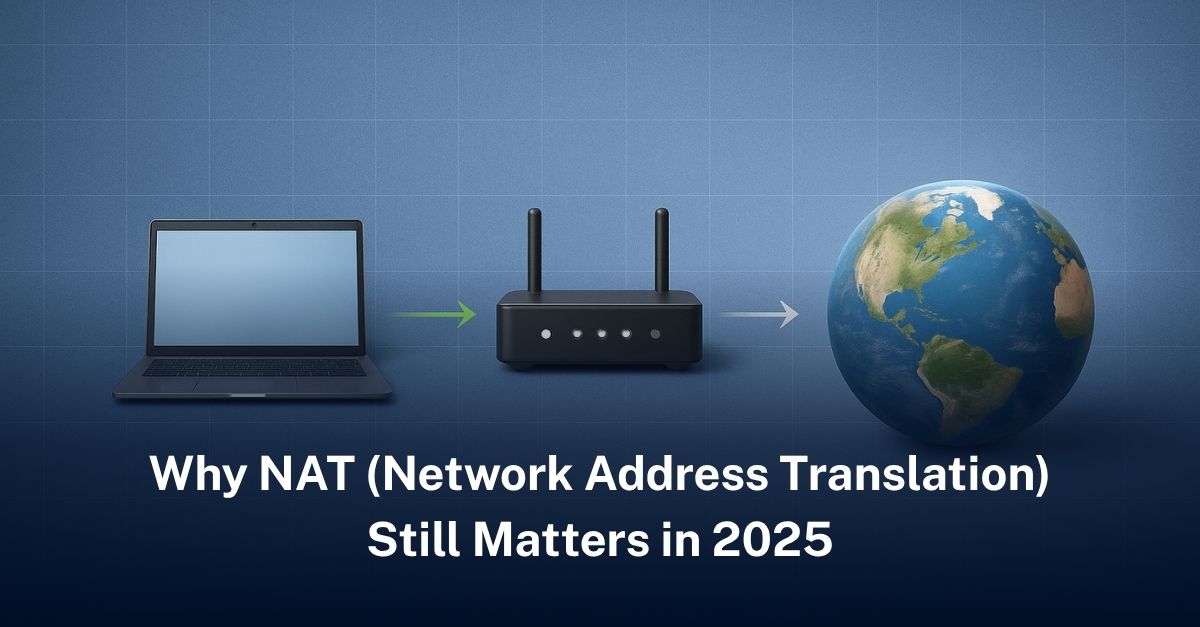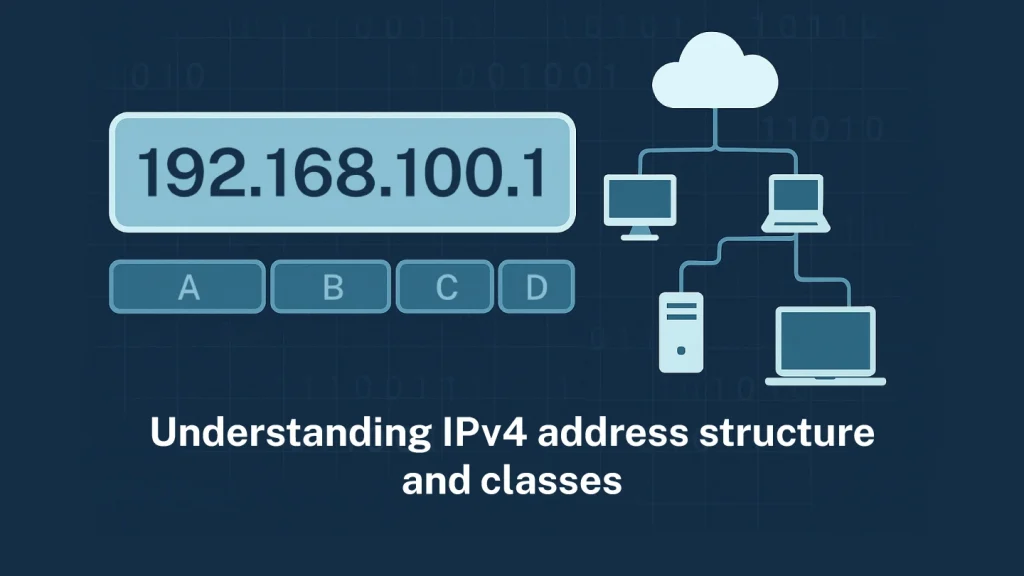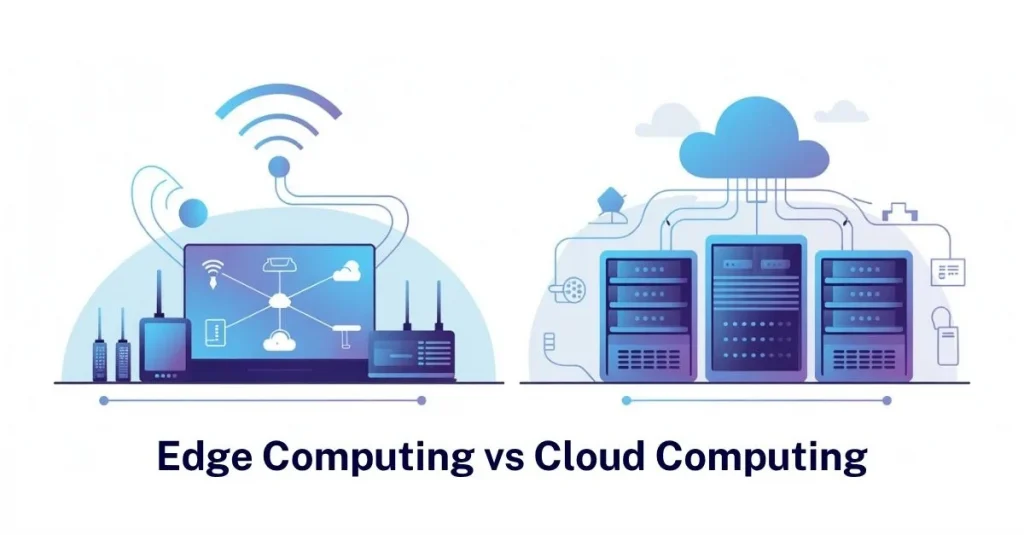In an era dominated by cloud computing, IPv6, and advanced cybersecurity protocols, Network Address Translation (NAT) might seem like a legacy concept. Yet, NAT remains a foundational part of modern networking. From home routers to enterprise firewalls, NAT plays a critical role in how devices communicate with the internet and each other. Despite the progress toward IPv6 adoption and more sophisticated network architectures, NAT is far from obsolete.
What is NAT?
Network Address Translation is a method used by routers to map private IP addresses to a public IP address before traffic reaches the internet. This allows multiple devices on a local network to share a single public IP address. For example, in a typical home or office setup, your laptop, phone, and smart TV may all use different private IPs but appear to the outside world as one public IP.
There are different types of NAT—static NAT, dynamic NAT, and Port Address Translation (PAT)—each suited for specific scenarios. But the core function remains the same: translating IP addresses to enable secure and efficient internet access.
Why NAT Still Matters
1. IPv4 Address Exhaustion Is Still Real
Even though IPv6 adoption is growing, IPv4 is still the dominant protocol in many parts of the world. The number of available IPv4 addresses has long been exhausted, and NAT provides a workaround by allowing thousands of private IPs to share a single public IP. This makes NAT crucial for ISPs, data centers, and enterprise networks that still rely heavily on IPv4 infrastructure.
2. Security Benefits
NAT acts as a basic security layer by hiding internal IP addresses from the public internet. This form of network obfuscation helps reduce the attack surface, making it harder for attackers to directly target internal devices. While not a substitute for firewalls or intrusion detection systems, NAT adds a valuable layer of privacy.
3. Simplified Network Design
For businesses and homes alike, NAT simplifies network architecture. It reduces the need to request and manage large blocks of public IP addresses. This simplification extends to network configuration, as NAT allows internal network changes without affecting the external-facing configuration.
4. Cloud and Hybrid Environments
NAT remains relevant in cloud computing environments. For example, in Amazon Web Services (AWS), NAT Gateways are used to allow instances in private subnets to access the internet without exposing them to inbound traffic. This pattern is common in hybrid cloud architectures, where security and cost-efficiency are top priorities.
5. Transition to IPv6 Is Ongoing
Although IPv6 offers an abundance of IP addresses and eliminates the need for NAT, the transition is far from complete. Many networks run dual-stack configurations (IPv4 and IPv6 simultaneously), and NAT continues to bridge the gap in mixed environments.
Conclusion
Network Address Translation may not be the flashiest technology, but it’s one of the unsung heroes of the modern internet. As long as IPv4 remains in use, and as long as privacy and scalability are priorities, NAT will continue to matter. It may evolve or shrink in importance over time, but today, in 2025, NAT remains a critical component of global networking infrastructure.










Leave a Reply